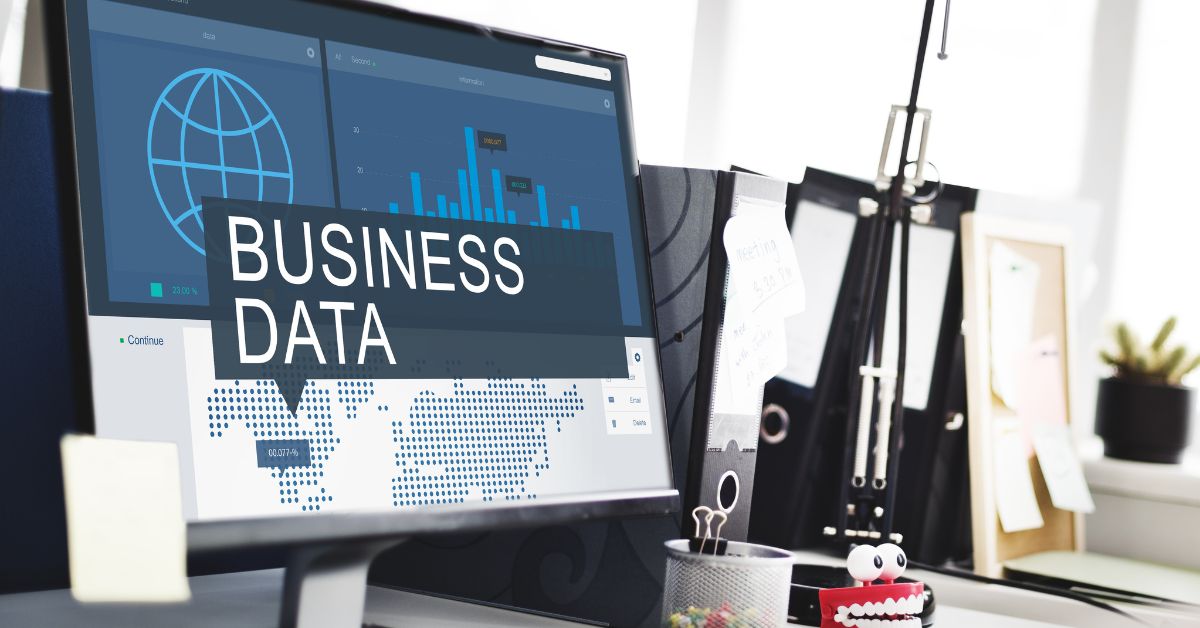The “Permission Approach”
What is it?

It’s the technique of telling your customer ahead of time what questions/topics you would like to cover/ask the next time you talk with them.
Example…
REMEMBER: They were not anticipating your call and were likely busy doing something else.
A typical approach would be to immediately jump into your “pitch” or start asking lots of questions hoping to peak an interest, have a discussion and find a need.
You provide a basic introduction, ask a few quick qualifying questions, and then back off. Ask for permission to send them information and to call them back (preferably book a phone appt to call them back).
In addition, tell them what you would like to discuss/what the agenda will be when you talk next.
Since the person you’ve contacted was not anticipating your call, their natural response will often be defensive. Using the Permission Approach, you gain trust, relax them and open the door for a better quality conversation when you talk the next time.
| Scenario | Typical Approach | Permission Approach | The Difference |
|---|---|---|---|
|
Your customer only buys product x from you but you know they use products y and z – both of which your company also offers. |
During a phone call or visit with your customer |
During a phone call or visit regarding product x, you mention to the customer that you notice they use products y and z and that these are products your company offers as well. |
Using the Permission Approach, you gain permission from the customer to discuss the topic. The customer is now prepared to answer your questions and feels less “attacked”. The quality of the discussion will be far richer because your customer is expecting you to ask about it. |
- It’s also a technique of telling your customer ahead of time what the next steps are within the sales cycle in order to keep them engaged, involved and with their expectations managed.
Example…
| Scenario | Typical Approach | Permission Approach | The Difference |
|---|---|---|---|
|
You have just finished your first meeting with a prospect and you know that your next step is to send out some information immediately – specifically information about xyz – and then call them back in 1 week. |
The typical approach would be to thank the prospect for their time and begin executing those next steps. A slightly better approach would be tell them you will be sending information and that you will call them to follow up. |
Using the Permission Approach, you tell them what information you will be sending, why you are sending it, how and when they will receive it. You also tell them when you are going to follow up and what you hope to learn/discuss when you talk next. |
The rep that uses the Permission Approach is involving their prospect in the process, showing professionalism and creating trust.
|
|
|
|||
|
You have just left a meeting and you know the next step is to develop a quote, send it over and follow up. |
The typical approach would be leave the meeting and begin executing those next steps. |
Using the Permission Approach, you tell the customer that you will be putting together a quote, what they can expect will be in the quote, when they should expect to receive it, what you expect from them and what your follow up plan is. |
The difference is that your customer is engaged and involved in the next steps. Few people like surprises, so the more they know, the more the comfortable they feel. This creates trust, which is the key to sales (as we all know). |
What are the benefits?
- The # 1 reason is to remove surprises. Your customer knows what you are going to ask or do next. This creates a feeling of working together (instead of the feeling of “being sold to”)
- It increases the quality of the information and conversation because your customer has had a chance to “prepare” their answer (even if that simply means the customer is mentally ready for the topic)
- Establishes trust and honesty with your customer. Your customer feels you are working “with them” vs. doing something “to them”.
- Tests your customer’s level of engagement and interest. If they respond negatively to your “next step statement” that is a clear indication of a lack of interest or commitment.
- This is one of the key ingredients in “taking control of the sale” (see Taking Control module)
How does it work?
The Permission Approach means being upfront and direct with your customers and prospects. It is about telling them:
| What is going to happen next | What questions you are going to ask them |
|---|---|
|
What you need from them |
What the timeline is |
… and then gauging their response to your questions or statements. This will tell you quickly where you stand.
Communication Methods: The most effective way to communicate using the Permission Approach is to do so verbally (via phone or face-to-face), however via email can work too.
Bad data costs businesses over $3 trillion globally, and Canadian companies aren’t immune. Every day, sales development repr...
Read MoreWhen it comes to finding reliable partners in the Canadian market, Scott’s Directories is an invaluable resource. The direct...
Read MoreA Western Directory can significantly enhance your B2B marketing strategy. By leveraging detailed data, you can identify potential...
Read More























